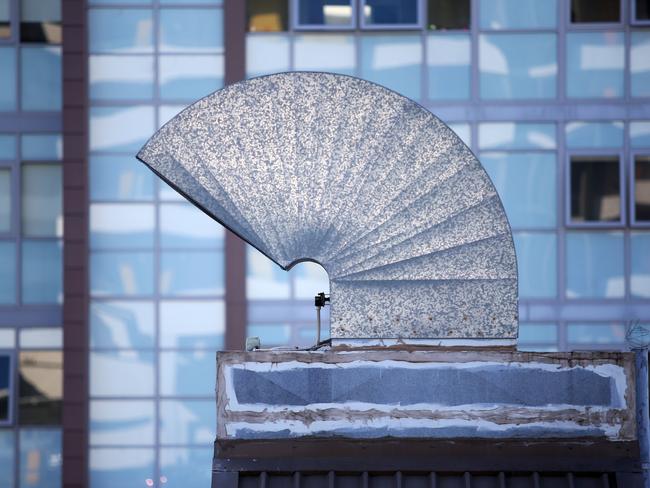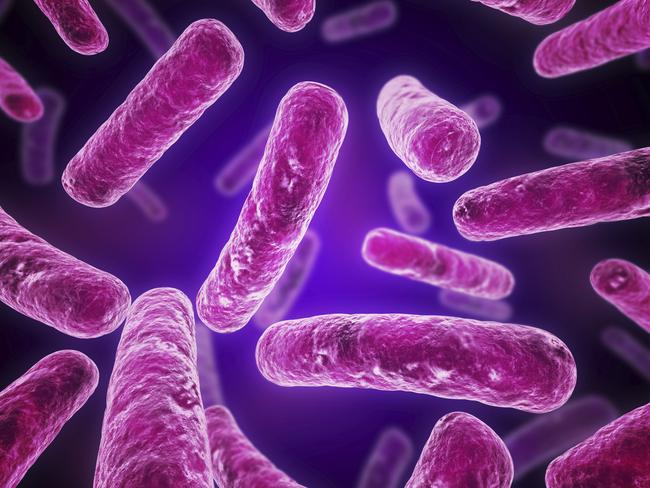Legionnaires disease case confirmed at Wyong Hospital
NSW Health is investigating the contamination source after three men have been confirmed with legionnaires disease — including a man from the Central Coast.

Central Coast
Don't miss out on the headlines from Central Coast. Followed categories will be added to My News.
NSW Health is investigating the contamination source after three men have been confirmed with Legionnaires disease — each of them had spent time in Castle Hill.
The victims included a Central Coast man presented at Wyong Hospital on Monday and was confirmed to be suffering from the respiratory illness
The common link between the three cases was spending time in Castle Hill.
It is understood that the Central Coast man told doctors he travels down the M1 and Pennant Hills Road to get to and from work at Castle Hill — prompting media speculation that dust from the North Connex construction site could be to blame.

However, a statement from NSW Health played this down and said all patients reported becoming unwell between February 3 and 5.
Dr Vicky Sheppeard, NSW Health’s Director Communicable Diseases, said legionnaires’disease causes fever, chills, a cough and shortness of breath.
“The time from exposure to the onset of symptoms is typically between two and 10 days, so people who were exposed could have symptoms already or develop them over the next week,” Dr Sheppeard said.

“The bacteria that cause Legionnaires’ disease live in water and can multiply in the water
used to cool air conditioning systems, so infection is prevented by routinely maintaining and
treating these systems.
“People outside can be exposed to the bacteria when a water cooling system emits contaminated water particles into the air.
“People who develop this disease are diagnosed by chest X-ray and a urine test, and usually
require antibiotic treatment in hospital,” Dr Sheppeard said.
In 2016 and 2017 there were 93 and 81 cases of legionella pneumophila infection notified to
NSW Health.

DISEASE FACTS
NSW Health’s own Legionnaires disease fact sheet suggests it is unlikely that construction dust is the cause of the Wyong case.
■ Legionnaires’ disease can occur after a person breathes in contaminated water vapour or dust.
■ The two that most commonly cause disease in NSW are the bacteria that can contaminate air conditioning cooling towers, whirlpool span, shower heads and other bodies of water, or bacteria that can contaminate soil or potting mix.
